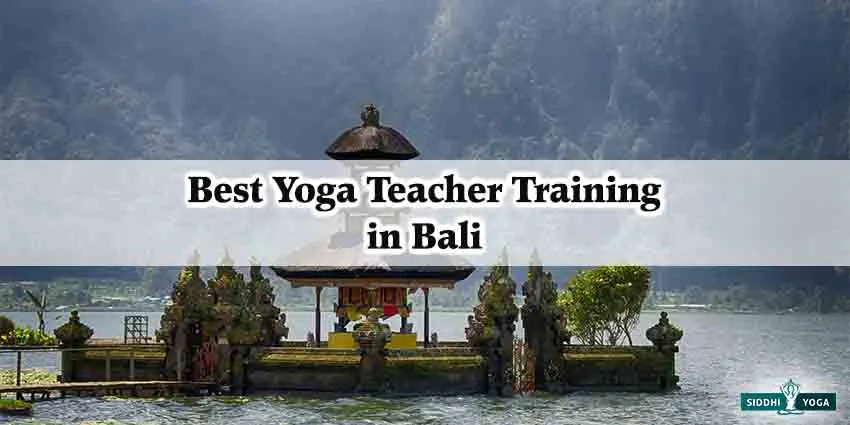Are you thinking about going to Bali for a yoga teacher training? You’re in the right place! Welcome to our guide where we talk about why Bali is so famous for yoga training, what to look for in a school, and which ones are the best.
Bali is known for its beautiful scenery, spiritual atmosphere, and rich culture, making it a top destination for yoga enthusiasts. In this blog, we’ll explore why Bali is the perfect place for your yoga journey.
Picking the right school is crucial for your training. We’ll discuss important things like if the school is accredited, what they teach, who the teachers are, and what other students say. This will help you make a good choice.Plus, we’ll highlight some of the best yoga schools in Bali. Whether you prefer the calm of Ubud, the beach vibes of Canggu, or the spiritual energy of Uluwatu, there’s a school that’s right for you.
Join us as we explore the wonderful world of yoga teacher training in Bali, where you can grow, learn, and discover yourself in a beautiful setting.
Contents
Why Choose Bali for Yoga Teacher Training

Its serene landscapes and spiritual ambiance make it an ideal destination for yoga teacher training in Bali for compelling reasons:
